Capacity Teaching Resources
Teach your students to measure capacity (aka liquid volume) with printable worksheets and digital liquid measurement activities designed by Aussie teachers, for teachers like you!
From word problems to worksheets that help students understand capacity units of measurement, each printable and digital option in this in-depth collection of teaching resources has been created by a teacher to help students meet curriculum standards.
Each resource has also undergone a rigorous review by the teachers on the Teach Starter team to ensure they’re student-ready — so you can cut your lesson planning time in half.
New to teaching this part of the maths curriculum? Our teacher team knows what it’s like to suddenly teach a brand-new concept, so we’ve put together a time-saving refresher!
What Is Capacity? A Kid-Friendly Definition
If you're introducing capacity for the first time, having a definition that is kid-friendly can come in handy. Here's one from our teacher team:
Capacity is how much a container can hold. For example, if you wanted to know how much water you could put in your water bottle, you would need to find its capacity.
Capacity is sometimes called the liquid volume or 'volume of a liquid,' but when we're measuring capacity, you may be dealing with other states of matter too, including solids and gases.
For example, finding the capacity of a scuba diver's oxygen tank tells us how much of the gas can be stored inside the tank!
Capacity vs. Volume — What's the Difference?
You've noticed that we have used the terms 'volume of a liquid' and 'capacity' together, but capacity and volume aren't the same thing. In fact, this is a common point of confusion for many maths students!
So, let's look at the difference between volume and capacity!
Capacity
- Capacity refers to the amount a container can hold.
- Capacity describes the potential amount an object can hold — the object does not have to actually contain anything!
- Only hollow objects have capacity.
Volume
- Volume refers to how much space an object takes up.
- Volume describes the actual amount of space the object takes up, not the potential.
- Volume can be used when we are measuring both solid and hollow objects.
What Units Are Used to Measure Capacity?
Capacity is typically measured in litres or millilitres.
For example, when we buy milk from the supermarket, the bottle may come in 1 litre, 2 litre or 3 litre sizes.
How Do You Find the Volume of a Liquid?
The easiest way to measure the volume of a liquid is to fill a container —such as a graduated cylinder or beaker. Your students should learn how to read the intervals on each instrument to determine the liquid volume.
When studying this topic, students may practise reading measurement tools with single-unit intervals or those that progress by 10, 20 or 50.
Measuring Liquid Volume/Finding Capacity in the Classroom
Are you looking for some ways to help your students calculate and estimate the capacity of objects?
Perhaps you want to give your students real-life applications of when they may use capacity concepts. Along with the fun worksheets and activities in this collection of resources, the teachers at Teach Starter have a few ideas to share to get your students focused on finding the capacity of objects!
- Set up different stations that require students to measure a variety of liquids with beakers and graduated cylinders. Encourage students to read each instrument and record the amount of liquid in each.
- Set up a game with your students where they create equivalent units. For this measurement game, give each student a strip of paper with a different unit of capacity written on it. On the teacher's cue, students must find other classmates and group together in equivalent pairs.
- Plus Plan
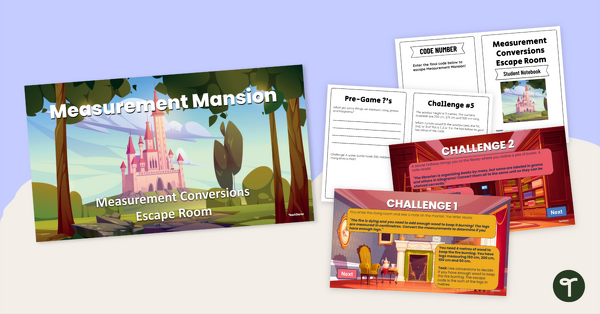
Measurement Escape Room
‘Escape’ the ordinary in your classroom with this measurement escape room that will engage your students as they solve measurement conversion problems.
- Free Plan
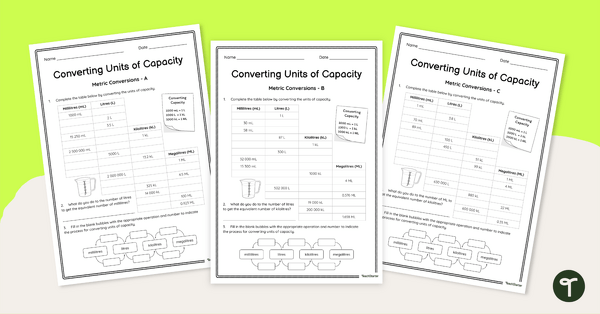
Converting Capacity Worksheet Set
Assign these converting capacity worksheet pages to give your students essential practice converting metric units of capacity.
- Free Plan
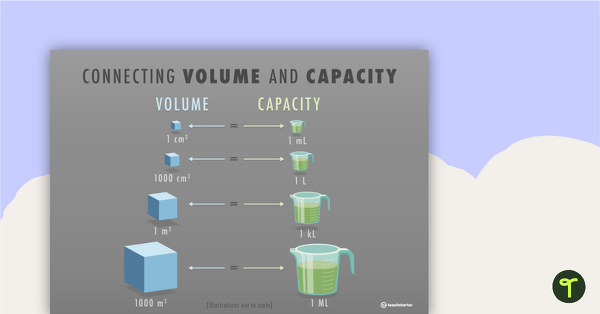
Connecting Volume and Capacity Posters
A set of three posters to help with connecting and converting units of volume and capacity.
- Plus Plan
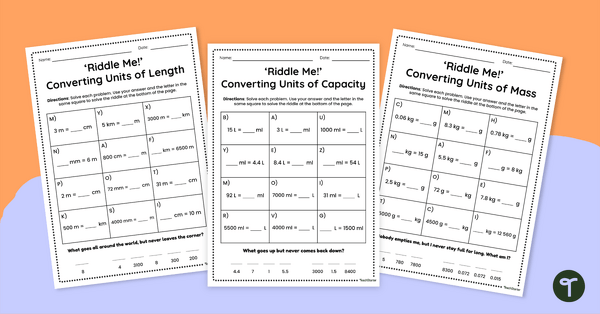
Conversion of Measurements Worksheets — ‘Riddle Me!’
Laugh and learn with our conversion of measurements worksheets that give students practice converting metric units of length, capacity and mass.
- Plus Plan
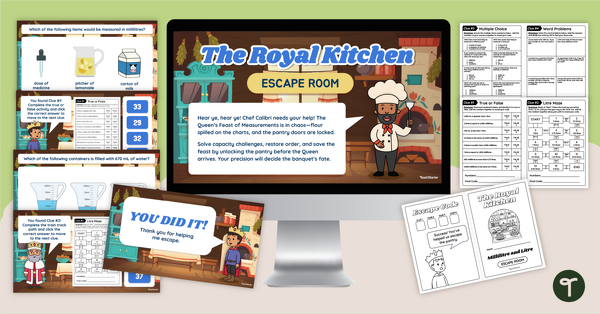
Measuring Capacity Escape Room
Explore measuring and comparing capacity in litres and millilitres with this measuring capacity escape room.
- Plus Plan
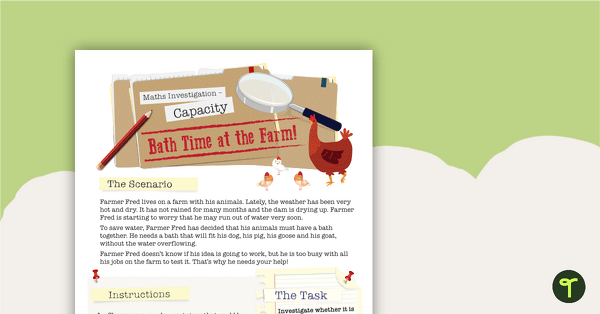
Capacity Maths Investigation - Bath Time at the Farm!
A mathematics investigation involving capacity, embedded in a real-world context.
- Free Plan
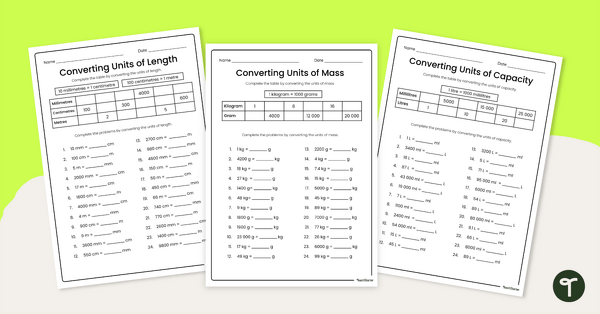
Metric Measurement Conversion Worksheet Set
Utilise our metric measurement conversion worksheet set to give your students practise converting units of metric length, mass and capacity.
- Plus Plan
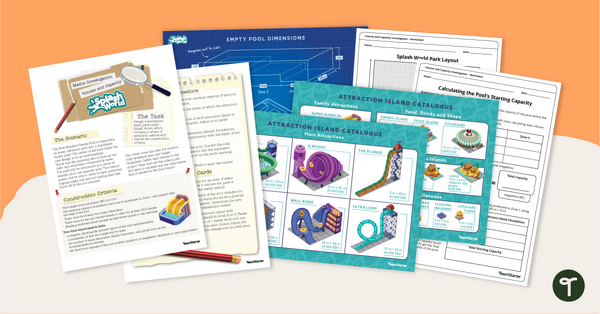
Volume and Capacity Activity — 'Splash World' Maths Investigation
Use this volume and capacity activity to expose your students to real-world volume applications by letting them design 'Splash World' — their very own waterpark!
- Plus Plan

Which Holds More? – Interactive PowerPoint
An interactive PowerPoint quiz that asks students to compare the capacity of various containers.
- Plus Plan
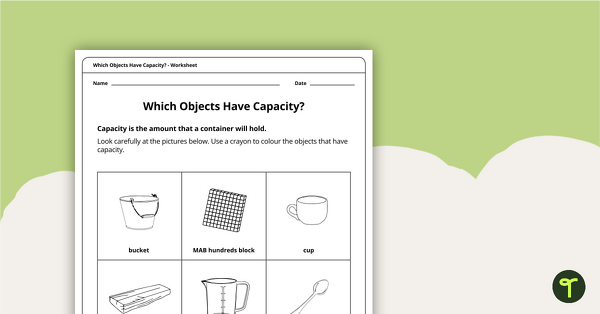
Which Objects Have Capacity Worksheet
A worksheet to use when exploring the concept of capacity.
- Plus Plan
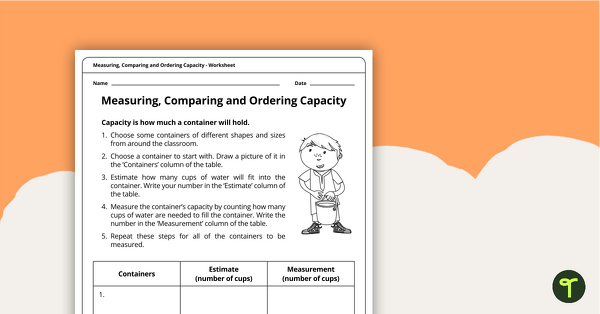
Measuring, Comparing and Ordering Capacity Worksheet
A worksheet that explores the concept of capacity using informal units of measurement.
- Plus Plan
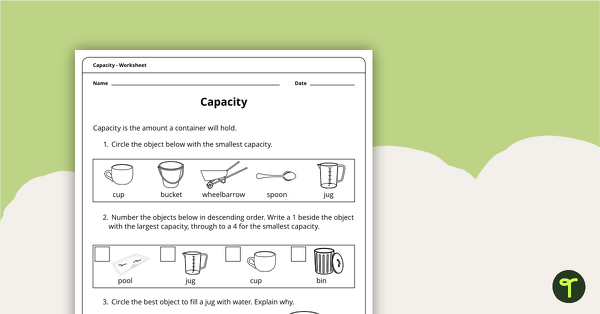
Capacity Worksheet
A worksheet to use when exploring the concept of capacity.
- Plus Plan
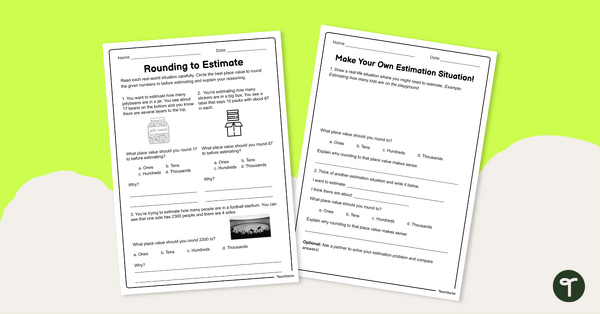
Rounding to Estimate Worksheet Set
Use our rounding to estimate worksheet set to sharpen number sense and mental maths skills.
- Plus Plan

Comparing Capacity Year 1 and Foundation Activity
Share this comparing capacity year 1 and foundation activity with your students to introduce them to early measurement concepts.
- Plus Plan
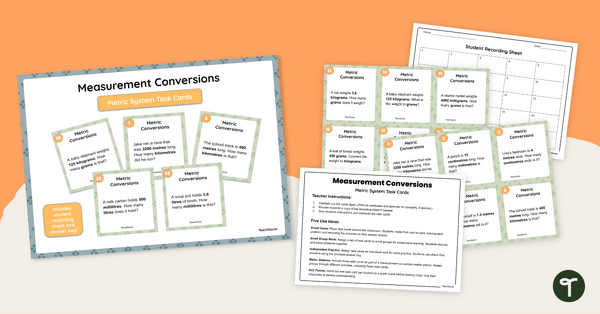
Printable Measurement Games Task Card Set
Share this printable measurement games task card set with your students to help them master conversions of length, mass, and capacity.
- Plus Plan
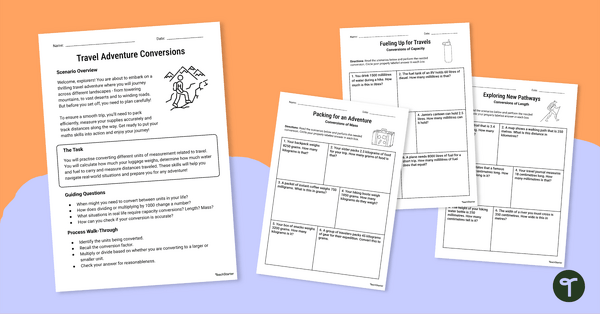
Metric Conversion Word Problems Worksheet Set
Assign our metric conversion word problems worksheet set to strengthen your students’ understanding of measurement conversions.
- Plus Plan
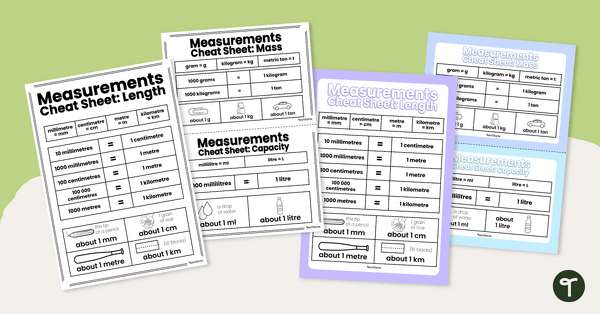
Metric Converting Measurements Chart Set
Use this metric converting measurements chart set as personal student handouts or classroom posters for easy reference!
- Plus Plan
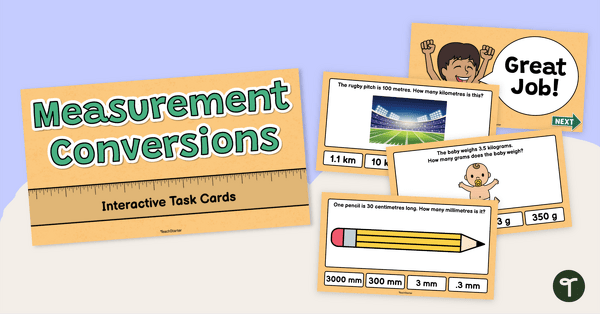
Interactive Measurement Conversion Activities — Interactive Task Cards
Gamify learning with interactive measurement conversion activities like these engaging digital task cards!
- Plus Plan
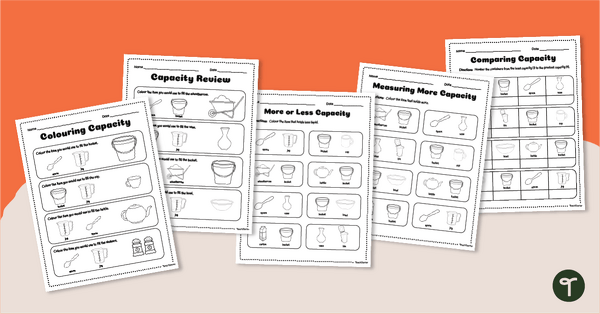
Year 1 Measuring Capacity Worksheets
Improve students' basic understanding of liquid measurement with a set of printable Capacity Worksheets for Year 1.
- Plus Plan
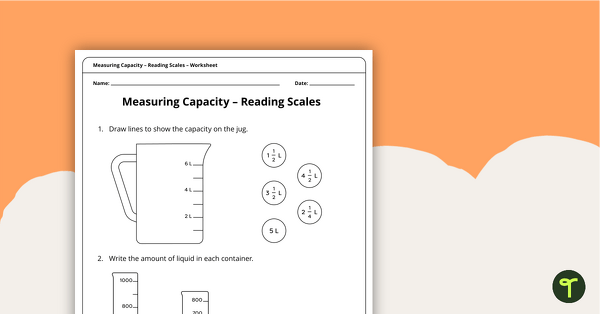
Measuring Capacity – Reading Scales Worksheet
Use this capacity worksheet to give students practice at reading scales on containers to measure capacity.
- Plus Plan
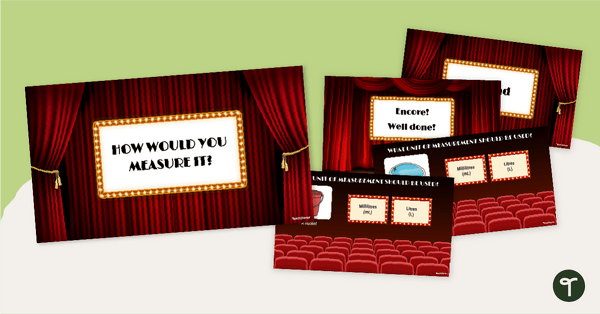
Selecting Units of Capacity — Interactive Game
Estimate the units needed to measure capacity with an Interactive Measurement Game!
- Plus Plan
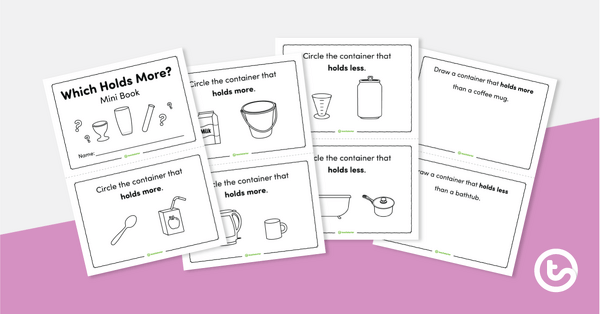
Which Holds More? – Mini Book
A mini book that allows students to compare the capacity of various containers.
- Plus Plan
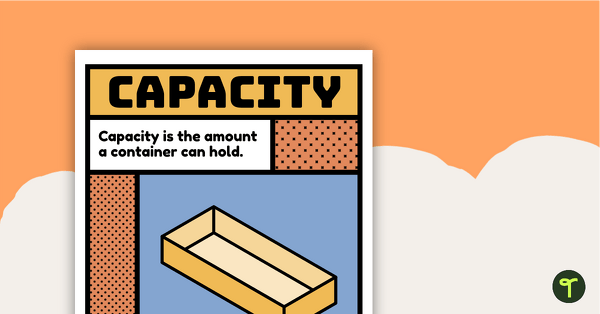
Capacity Vocabulary Poster
A poster that explains the concept of capacity and lists associated vocabulary.
- Plus Plan
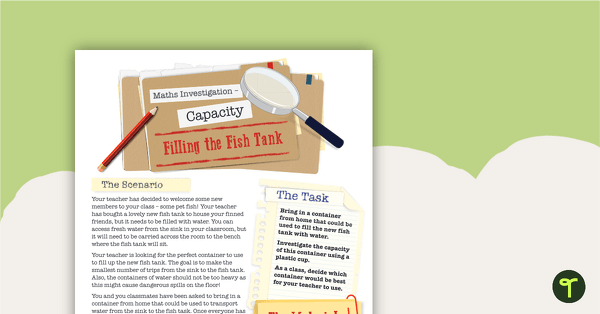
Capacity Maths Investigation — Filling the Fish Tank Activity
A mathematics investigation involving capacity, embedded in a real-world context.
- Plus Plan
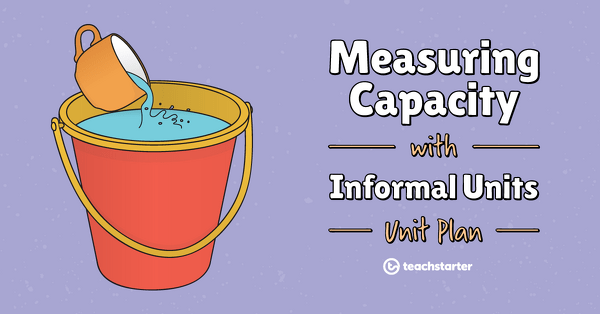
Measuring Capacity with Informal Units
This Mathematics unit addresses the concept of measuring, comparing and ordering capacity using informal units.
- Plus Plan
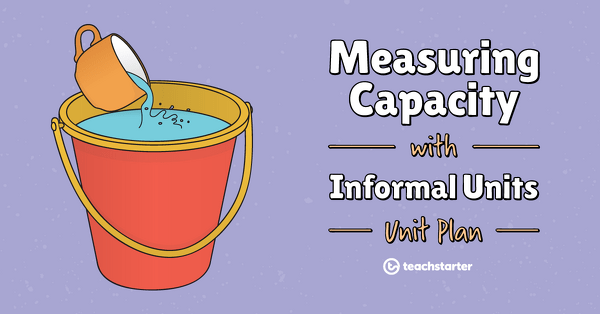
Assessment - Measuring Capacity with Informal Units
A 30 minute assessment in which students will demonstrate their knowledge and understanding of capacity.
- Plus Plan
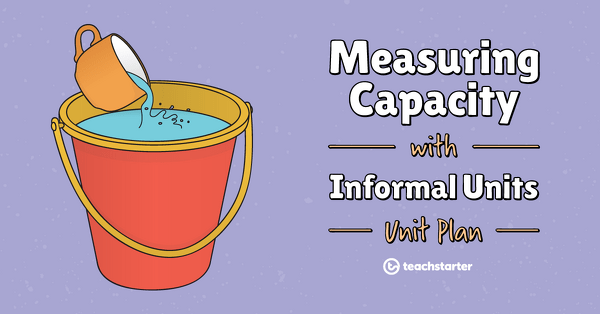
Revision of Capacity
A 60 minute lesson in which students will revise and consolidate the concept of capacity.
- Plus Plan

Capacity Investigation - Filling the Fish Tank
A 60 minute lesson in which students will apply their knowledge and understanding of capacity to a real-world situation.
- Plus Plan

Measuring, Comparing and Ordering Capacities
A 60 minute lesson in which students will estimate and measure the capacity of containers using informal units.
- Plus Plan

Comparing Capacities
A 60 minute lesson in which students will explore and compare the capacity of containers.
- Plus Plan
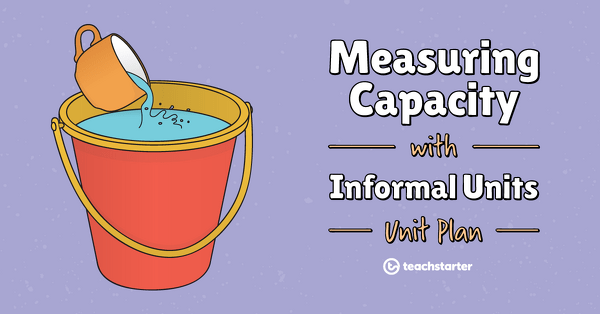
Introduction to Capacity
A 60 minute lesson in which students will be introduced to and explore the concept of capacity.